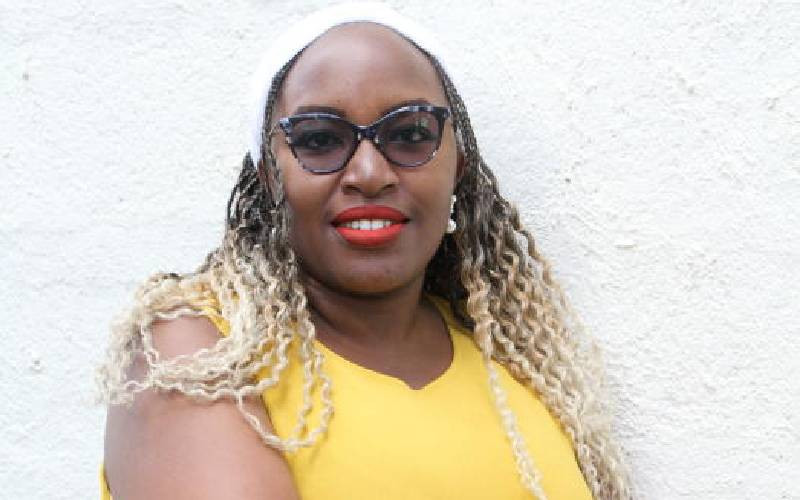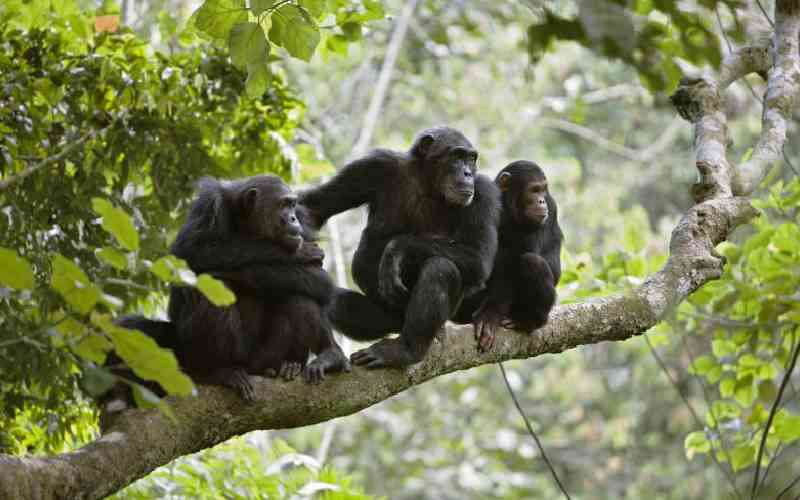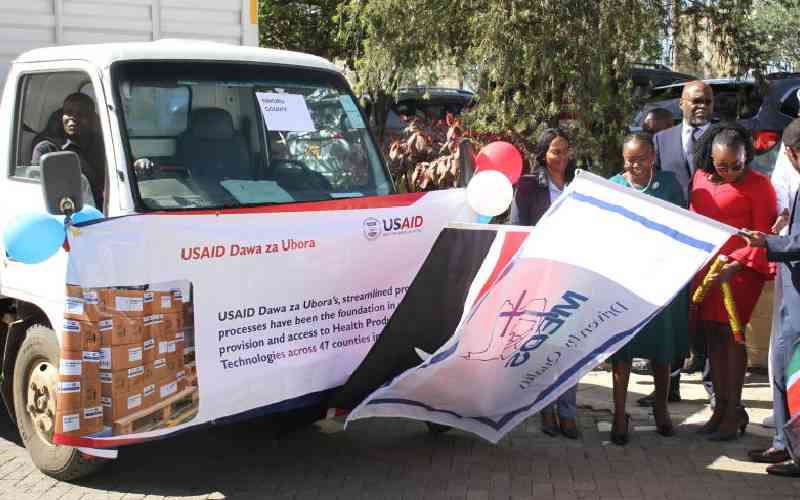
At 34 degrees Celsius in Maji Moto, Baringo, the searing heat may be uncomfortable for most visitors, but for Joseph Kobetbet, it is something he has long grown accustomed to. For over four decades, he has traversed this harsh land, and the heat barely phases him.
Kobetbet, a member of the indigenous Endorois community, is often seen walking with a canvas bag slung over his shoulder, filled with what he believes are invaluable resources targeted by industries, pharmaceutical companies, and researchers. “Our land is a treasure trove, and many people target the resources within it. If we do not understand the value of what we own as a community, we risk losing many of our resources to biopiracy,” he explains.
Despite not holding a formal college certificate, Kobetbet is remarkably well-versed in international law. He understands when laws were formulated, the reasons behind them, the clauses involved, and how they can be adapted to protect indigenous groups like his own.
“We have to know the laws that protect us as an indigenous community. We must also develop our own laws that safeguard both our culture and the resources within our lands,” Kobetbet says. “If microscopic resources can be stolen from internationally recognised sites, what about the valuable minerals and plants targeted by mining and pharmaceutical companies?” Kobetbet adds.
The Endorois, led by Kobetbet, have been pushing for the implementation of the Endorois bio-cultural protocol, a tool that would allow the community to negotiate a fairer share of the benefits derived from the resources on their ancestral lands. This protocol is a localised version of the Nagoya Protocol, an international agreement signed by Kenya in 2014. The Nagoya Protocol seeks to ensure the fair sharing of benefits arising from genetic resources, preventing biopiracy by prohibiting the commercialisation of these resources without prior consent and compensation.
With the bio-cultural protocol, communities such as the Endorois can engage in negotiations with private and public investors, as well as researchers, regarding the access, use, and sharing of benefits from their traditional knowledge and natural resources.
Jeremiah Chirchir, an elder of the Endorois community, believes the protocol is crucial for more than just the protection of resources. It also safeguards the culture and traditional knowledge of the community. “There are other resources that we may have lost that are undocumented, but with this protocol, nobody can take anything from our territory without our consent,” Chirchir says.
The Endorois’ decision to adopt this protocol stems from a high-profile case of biopiracy that is still unresolved today. In the 1990s, a company funded research on enzymes from Lake Bogoria. This company later admitted to using the technology for commercial purposes. Despite Kenya Wildlife Service (KWS) identifying the issue for follow-up, the community still does not know the full status of the case. The community believes that establishing strong protective measures will help prevent similar occurrences in the future.
But implementation of the bio-cultural protocol has been slow. For it to succeed, the Endorois require collaboration between the community, local and national governments, as well as research institutions that issue permits for studies. While the community is familiar with how the protocol works, there are still gaps in awareness, which the Endorois are trying to address. “The implementation has been slow, and we thought it wise to now map our lands and protect what is within,” Chirchir states.
Elizabeth Koima, another member of the community, says they were initially unaware of the value of their resources until they began noticing the disappearance of valuable trees and animals, such as sandalwood, which were targeted by criminals.
Though implementing the protocol has proven difficult, the Endorois community has successfully stopped several instances of biopiracy. They have mapped their natural resources, including geysers, rocks, plant and animal species, and minerals.
Richard Kamng’oror, the Chief Executive Officer of the Endorois Welfare Council, acknowledges the protocol’s success in curbing some incidents but notes the significant challenges that remain. “Most intruders haven’t embraced the protocol because they find it technical. However, we’ve been able to prevent the illegal translocation of greater kudus from Lake Bogoria National Reserve to a private location in Naivasha,” Kamng’oror says.
Although the protocol has helped curb some cases, there are still ongoing challenges. One significant issue is illegal mining. The Endorois are currently dealing with a situation involving the mining of rubies within their territory, which they claim has not followed the procedures outlined in the bio-cultural protocol.





